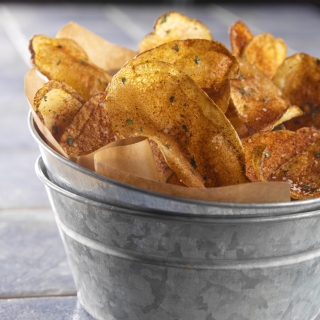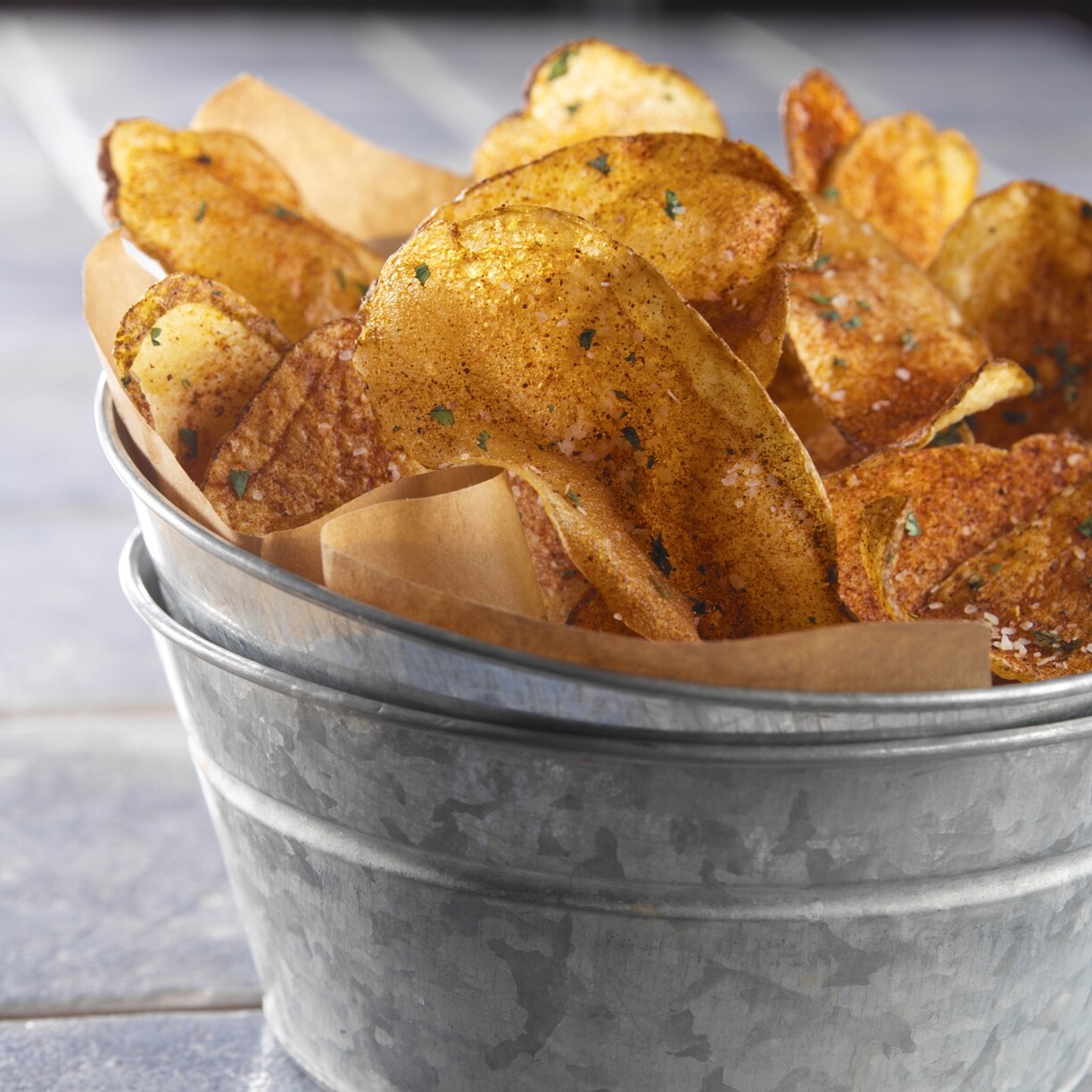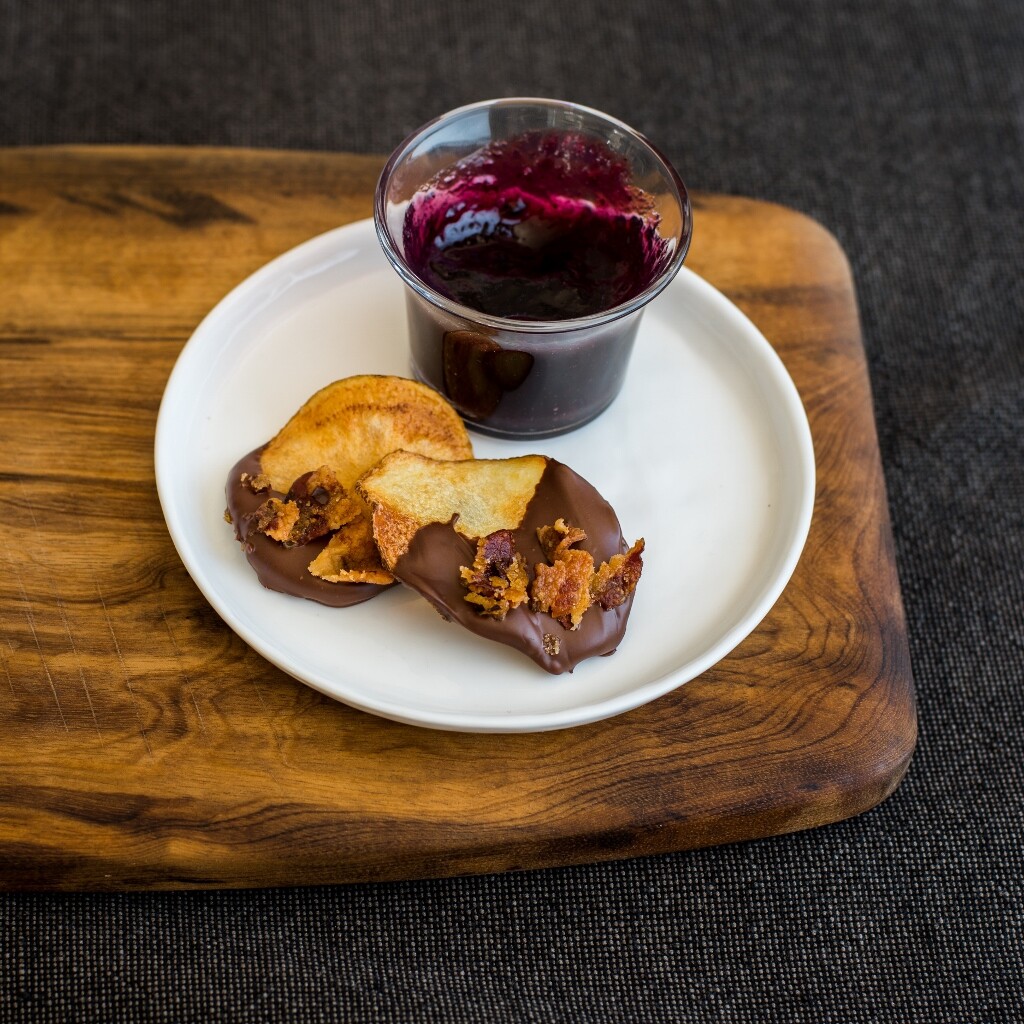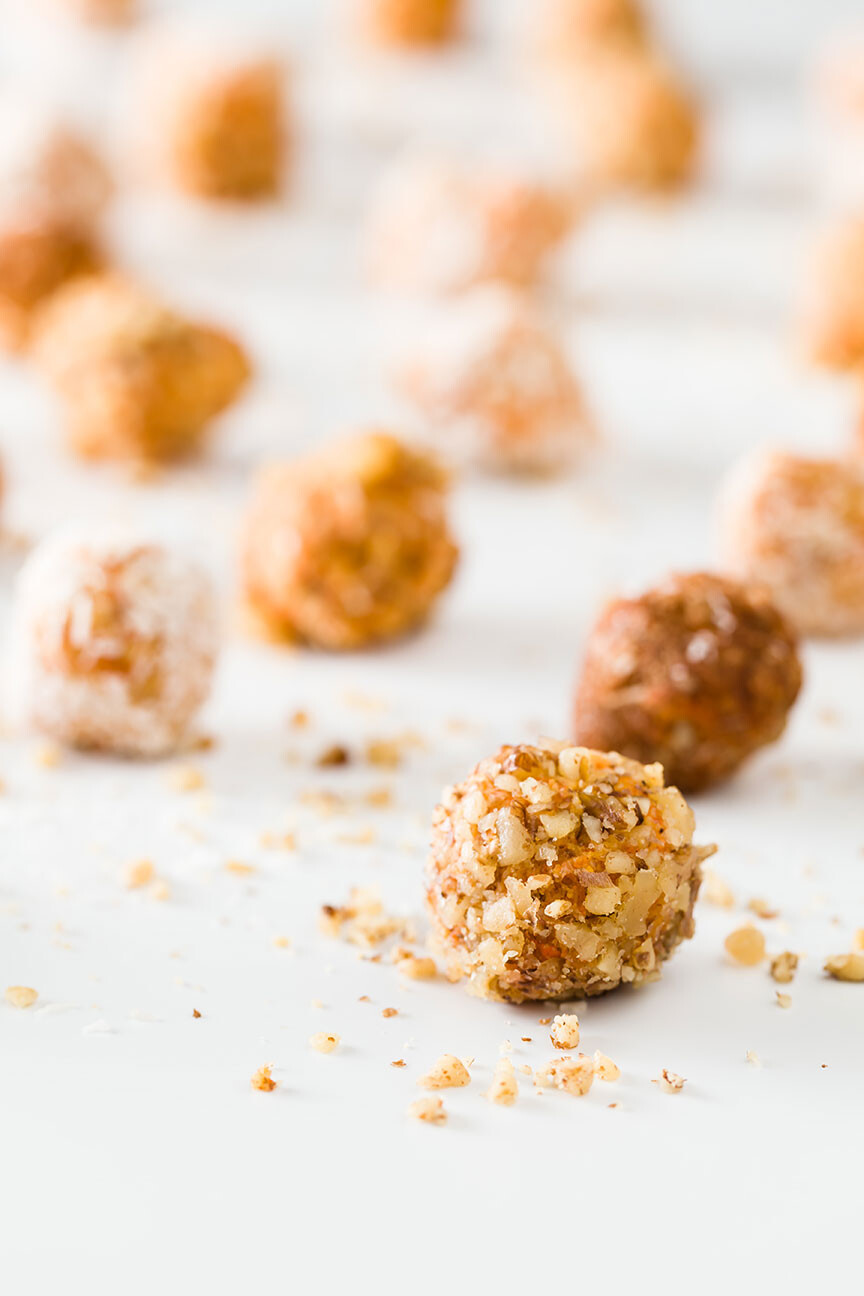
Teaching the Uncommon with Common Ingredients
06 September 2022Ubiquitous potatoes move beyond mashed to potato chip desserts and gluten-free baked goods.
By Lisa Parrish, GMC Editor
Feedback & comments: This email address is being protected from spambots. You need JavaScript enabled to view it.
Nearly every student is familiar with a potato dish having eaten mashed potatoes at home, chips during a game, or tatter tots in a restaurant. Potatoes are cost-effective, neutral in flavor and make the perfect canvas to help students broaden their creativity and strengthen culinary instincts. Instructors can demonstrate how different ingredients can be turned into flavors and textures well beyond the customary. But, before teaching advanced techniques students must understand the basics.
Let’s start with the standard potato chip. Teaching students how to properly cut and fry the chip is essential. Once you have a pile of the popular salty crisps, instructors can move it off the sandwich plate and into uncommon menu categories.
Potatoes for desserts  Potato chips complement and deepen a sweet and salty flavor profile. “Wherever pretzels go so can potato chips,” said Adam Moore, founder and chef of Flashpoint Innovations. Instructors should consider chocolate-coated pretzels and make the jump to chocolate-coated potato chips. Then, the chef suggested topping chocolate chip ice cream with chocolate-covered potato chips for a “chocolate chip on steroids” taste experience.
Potato chips complement and deepen a sweet and salty flavor profile. “Wherever pretzels go so can potato chips,” said Adam Moore, founder and chef of Flashpoint Innovations. Instructors should consider chocolate-coated pretzels and make the jump to chocolate-coated potato chips. Then, the chef suggested topping chocolate chip ice cream with chocolate-covered potato chips for a “chocolate chip on steroids” taste experience.
A more complex flavor profile can be achieved by introducing students to Korean-inspired Honey Butter Chips with ice cream. Hot, crispy, sweet, potato chips swimming in cold vanilla ice cream provides a hot, cold, savory, salty, buttery, sweet taste experience in each and every bite. Moore said that a spicy chili paste, butter, brown sugar and honey sauce coats the chips and makes the perfect addition to ice cream. 
Potato chips also make a crunchy outer coating. Chef Moore suggested swapping out the cornflakes in fried ice cream and using crushed potato chips instead. Think of it, the chips are already fried so you have that toasty deep-fried flavor. Moore suggested working with a firm ice cream and rolling it into a ball and then tossing the ice cream balls in crushed potato chips.
Mash up the usual by incorporating mashed potatoes into fudge, cake batters or cookies. “Potatoes have the functional benefit of helping retrain moisture and providing extra fluff and soft texture,” he said. Unusual desserts can pique consumers’ interest in different options when menuing known but unexpected flavors together.
Dehydrated potatoes applications from baked goods to gluten-free binding agents
Dehydrated potatoes build on the vegetable’s inherent versatility. Applications found on menus and at catering events utilize dehydrated potatoes through dices, slices, shreds, flakes, granules and flour. Whether adding flavor, enhancing nutrition, extending shelf life, improving texture or increasing dough yield, dehydrated potatoes are perfect for teaching uncommon uses of the common potato.
Standard potato flakes of various sizes are handy in pasta—especially gluten-free varieties—and in fabricated snacks. Many baked goods, pancakes and even tortillas made with potato flakes are moister than those without. Dehydrated potatoes contribute a softer texture in biscuits, pancakes, breads, muffins and cookies.
Any binder or breading formulation benefits from ground and standard potato flakes as they are less likely to clump than flour. Both granular and fine potato flours make excellent thickeners in sauces and gravies and in breading for fried foods.
How to teach the unusual? Start with the usual.
Breaking a recipe down into each framework piece will help students understand how to extrapolate a common application into a unique offering. Chef Moore gave the example of a loaded baked potato and explained how to break it down and build back something extraordinary by shifting perceptions.
 What is the anatomy of a loaded potato? There is the protein, topper, sauce and garnish. He suggested students could take the idea of a loaded baked potato and change it in two ways: utilize a hasselback technique with a baked potato to create more surface area for flavor and additional texture or select a base layer of French fries to layer elevated ingredients and textures.
What is the anatomy of a loaded potato? There is the protein, topper, sauce and garnish. He suggested students could take the idea of a loaded baked potato and change it in two ways: utilize a hasselback technique with a baked potato to create more surface area for flavor and additional texture or select a base layer of French fries to layer elevated ingredients and textures.
For the hasselback technique, Moore suggested using a yellow or red potato for the protein. When considering the topper, sauce and garnish, think about using Asian, Korean or Vietnamese ingredients such as shishito peppers, shichimi togarashi and fresh ginger.
Loaded fries, similar to a loaded potato, already has the expectation of being ooey gooey. Select framework ingredients that mimic the texture. Moore suggested creating a comfort Mexican Birria-style loaded fries. This would include beef or goat braised in a sauce of chilies, annatto paste, onion, tomatoes and spices. Adding Oaxaca or Cotija cheese as a topper adds to the texture and overall flavor.
Potatoes for creativity
Whether making potato milk milkshakes or ice cream or even loaded potato fudge, Moore said, “At the end of the day potatoes are fun and are an excellent ingredient for students to lean into and learn to create clever potato activations.”
Photos courtesy of the Idaho Potato Commission.
